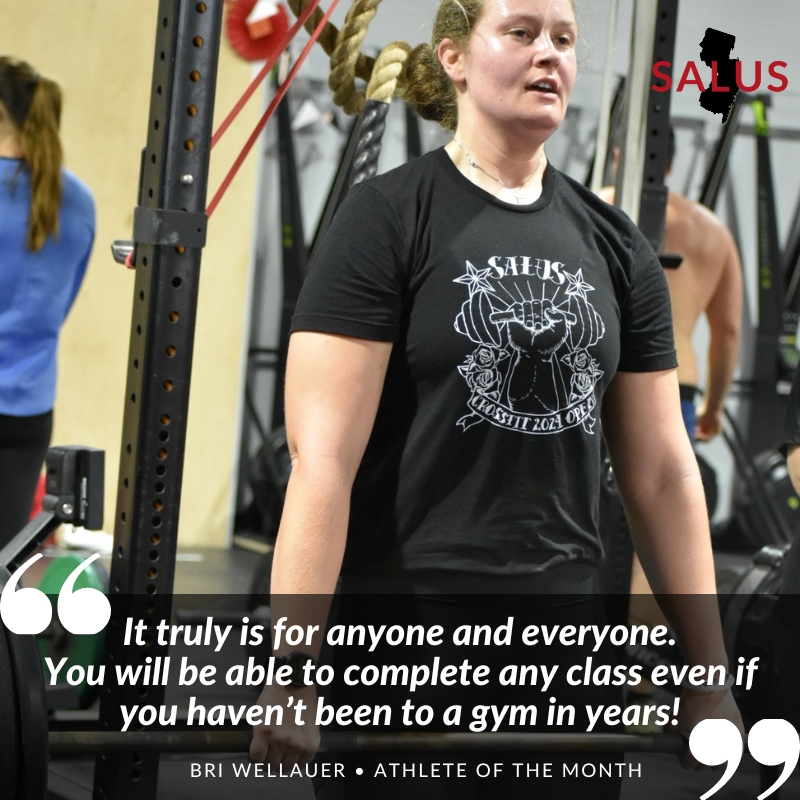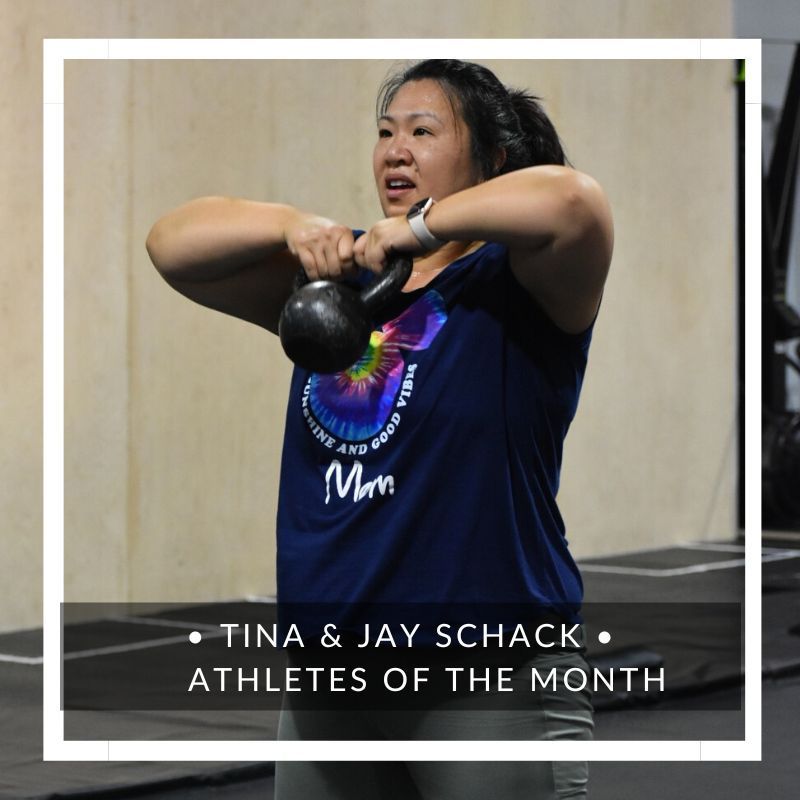Do I Need to Count Macros?
Scroll through some news feeds and you’re sure to see talk of counting macros, weighing and measuring food, eating for performance and even carb cycling/refeed days. All of it can seem pretty overwhelming for someone who wants to get their nutrition in check. But what if you’re ready for more? Do you really need to count macros? Or is portion awareness the way to go?
It all depends on your lifestyle and your goals.
What are Macronutrients (aka ‘Macros’) Anyway?
Many people understand the old-school thought of counting calories. But calories don’t give us the whole picture of health nor any direction on how to reach our goals. Enter macros.
Macros, short for macronutrients, refer to the three nutrients your body needs to produce, and store, energy to survive, function… and exercise! These macros include: protein, fat, and carbohydrates.
Each macronutrient contains energy, measured in calories:
- Protein : 4 calories per gram
- Carbohydrate : 4 calories per gram
- Fat : 9 calories per gram
The Standard American Diet (SAD) is full of unhealthy fats, refined sugars, processed foods. So, in effort to bring awareness to food quality , many diets often place a restriction on a macronutrient. For example, Paleo is mostly high fat, low carb. Vegetarians usually favor high carb, low protein. Keto is high fat, very low carb.
This can be difficult (and sometimes unnecessary) for the average person to maintain. While food quality is the focus of many of these diets, many are missing the mark by addressing quantity.
Every macronutrient (protein, carbohydrates and fat) plays a specific role in our body and should be consumed in the right quantities specific to your own body’s needs and goals.
So, how do you know if you should be weighing and measuring your food or if portion awareness is the way to go?
Do I Need to Count Macros?
Counting macros has its purpose. But it’s not necessary for most people.
I encourage my clients to use it occasionally as a self-awareness tracking tool to look at three days of macronutrient intake and help us identify any gaps in the diet. From there we can diagnose where any problems lie and make adjustments to your nutritional strategy.
Beyond that, if you’re an athlete who is looking to maximize CrossFit performance, shave time off your run, get stronger or lose some serious body fat, counting macros is a strategy that will definitely take you to the next level.
But one big problem with counting macros (that drives me bat-crazy) is the whole, “If It Fits Your Macros” craze where too many people have completely forgotten about food quality and just look at their numbers.
Look at it this way, if you’re making the effort to weigh and measure your food every day and religiously track your macros in MyFitnessPal, you obviously have big goals in mind. While treats are OK to have occasionally, just because you count macros shouldn’t give you the green light to eat processed crap.
Your body deserves better than that.
Anyway, you don’t have to be an elite athlete to benefit from good nutrition or learning how to count macros. But remember, it is very specific to your unique body, your workout schedule, your genetics, your lifestyle, your everything.
Getting a number from a macros calculator won’t give you an accurate or personalized assessment. It varies greatly from person to person and is dependent on your height, weight, activity level, age and your personal goals. It’s best to work with someone who knows you, who knows your workouts, your goals.
All that being said, if the thought of counting out your blueberries makes your head want to explode (we get it, like you need ANOTHER thing to do every day), you’re better off focusing on getting your portions in check.
So, Is Portion Awareness the Way to Go?
You know you need to find a good balance of proteins, carbs, fats. But counting macros just doesn’t fit into your lifestyle. You’re not alone.
Portion awareness could be what you need to stay on track with your goals, keep your sanity and even save your life. And if you like tracking things, you can download a handy Portion Tracker App to keep you on point.
Here is a very general guideline about portions to get you started in the right direction:
Start by using your HAND as your guide (it’s always with you) to build your plate. Here’s how:
- Portion out a serving of protein equivalent to your palm (men use two palms).
- Portion out a serving of vegetables equivalent to your fist (men, use two fists).
- Portion out a serving of carbs about the size of your cupped hand (men, use two hands).
- And finally, portion out a serving of fat the size of your thumb (men use two thumbs).
Working off your hand would get you approximately the following in macros:
Males: each meal would get you approximately:
~ 40-60g of protein
~ 40-60g of carbs
~ 15-25g of fats
Eating like this for 3-4 meals a day would get you around 2300-3000 calories each day.
Active men respond best with 6-8 servings of each food group per day (3,000+ kcal).
—
Females: each meal would get you approximately:
~ 20-30g of protein
~ 20-30g of carbs
~ 7-12g of fats
Eating like this for 3-4 meals a day put you around 1200-1500 calories each day.
Active women do best with 4-6 servings of each food group per day (1500+ kcal).
— Now, customize:
Now, customize: From there, adjust the number of portions to meet your personal needs and goals.
From there, adjust the number of portions to meet your personal needs and goals.
If you need MORE food because you…
• Are larger in stature
• Are feeling light headed after meals
• Eat less frequently throughout the day
• Are very active
• Are trying to gain muscle
Then start by ADDING
Men: 1 cupped handful of carbs and/or 1 thumb of fat to a few meals each day.
Women: 1/2 cupped handful of carbs and/or 1/2 thumb of fat to a few meals each day.
—
If you need LESS food because you…
• Are smaller in stature
• Feel too full at meals
• Eat more frequently throughout the day
• Are not very active
• Are trying to lose weight
Then start by REMOVING
Men: 1 cupped handful of carbs and/or 1 thumb of fat from a few meals each day.
Women: 1/2 cupped handful of carbs and/or 1/2 thumb of fat from a few meals each day.
As always, pay close attention to how you feel and adjust as needed.
Creating Healthy Nutrition Habits for Life
At Salus Nutrition, it is our goal to educate clients on developing healthy eating habits that last a lifetime. There is so much more to good nutrition than just macronutrients. That means:
- Learning to eat more fresh, minimally-processed foods.
- Finding a balance of lean protein, veggies, nutrient-dense carbohydrates and healthy fats.
- Adjusting portions to directly meet health, performance and body composition goals.
If you’re interested in learning more about a customized plan to dial in your nutrition, whether you should count macros, or any other nutrition-related questions, email angela@salusnj.com
More nutrition blogs We think you’ll find useful:
The post Do I Need to Count Macros? appeared first on Salus.
Recent posts


QUICK LINKS
CONTACT
Phone
Address
1680 State Route 35 Middletown, NJ 07748
New Paragraph



